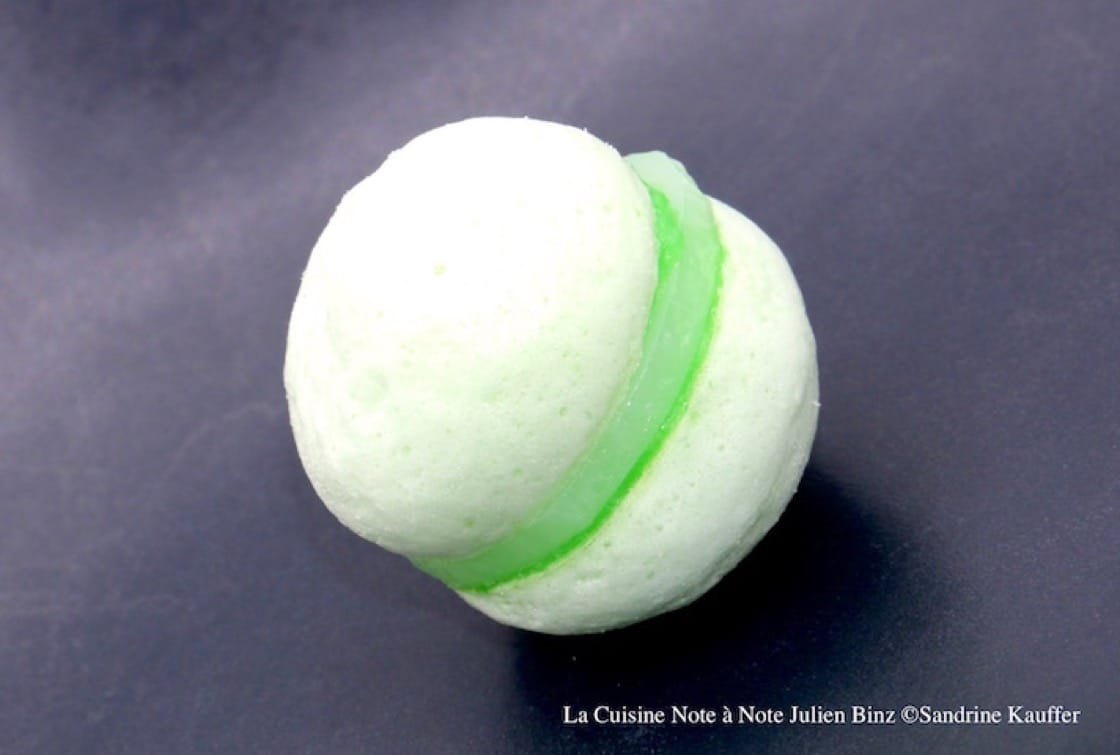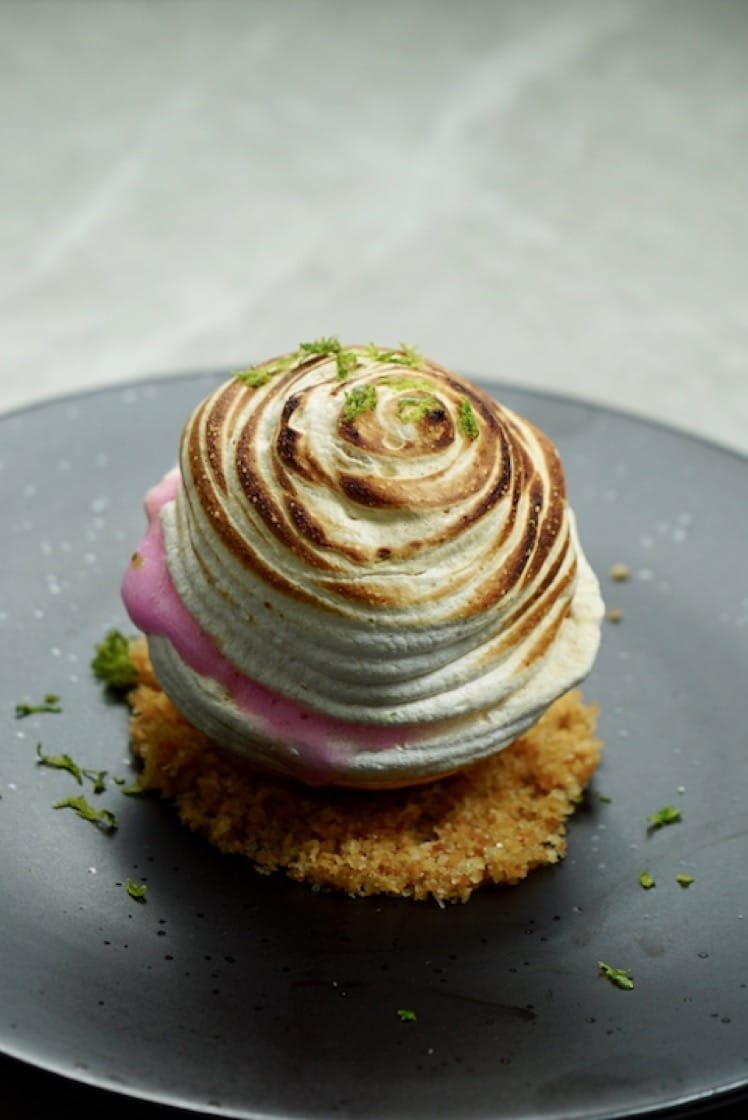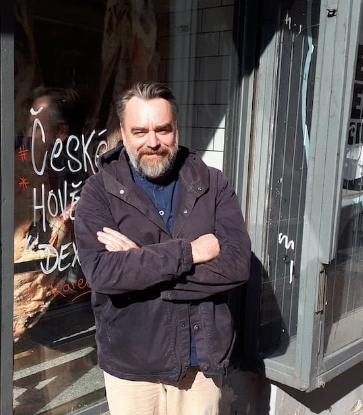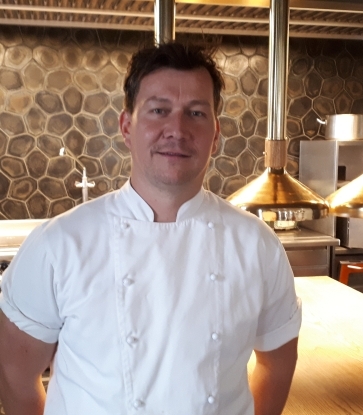Welcome to the whimsical world of note-by-note cooking, a molecular cooking technique proposed by the famed French physical chemist, Hervé This. He coined the term “note-by-note cooking” in 1994, which relates to the idea of building food from its basic chemical compounds instead of using fresh food.
The professor, who is the director of the International Centre for Molecular Gastronomy at AgroParisTech university in France, is best known for co-creating the scientific study of molecular gastronomy in 1988 that paved the way for legions of chefs around the world to take up molecular cooking and incorporate science in the kitchen. In other words, he is the father of molecular gastronomy.

The Frenchman was invited by At-Sunrice GlobalChef Academy to give a series of public lectures and workshops here last month. Speaking to the MICHELIN Guide Digital, he says that note-by-note cooking is a noteworthy approach to the future of food.
Sporting a head of bouffant silvery white hair, the 63-year-old says animatedly: “There has been no new solid proposal on food since molecular cooking years ago. There will be 10 billion people in the world 30 years from now. We need to ensure a sustainable food supply to feed the population.”
This says that the food industry has much to catch up in terms of developments in science and technology, and draws comparisons with music. He points out that traditional music has evolved over the years to electronic music that is produced with the aid of technology such as synthesisers that generate electric signals and convert them into sounds that imitate traditional music instruments such as piano and flutes, and natural sounds such as ocean waves. He explains: “Fifty years ago, there was one room full of computers to make synthetic music/oday, we can easily buy a music synthesiser online. However, the scientific progress in food has remained stagnant.”
He adds that note-by-note cooking can also help cut down on food waste and conserve energy. “A large amount of fruit is made up of water and it is ridiculous that we are wasting so much energy to transport it.”

He says that cooking with pure chemical compounds instead of food “opens up all sorts of culinary possibilities”. He says: “It is like having a new continent in front of you. Now you can control the shape, colour, consistency and texture of your food. You decide the art in food.”
Since the concept of note-by-note cooking was introduced in 1994, a handful of restaurants, mainly in Europe, have been experimenting with the cooking technique. At One-Michelin-starred modern European restaurant Senses in Poland, chef Andrea Camastra develops recipes with biochemist Wiktor Faliszewski in the restaurant’s culinary lab, using gizmos such as a rotary evaporator to create flavoured “essential oils” and dehydrated powders.
Note-By-Note Cooking In Fine Dining
In 2006, This teamed up with chef Pierre Gagnaire at his eponymous three-Michelin-starred restaurant in Paris to create desserts such as Note by Note No. 1. The “apple-flavoured” sago pearls were served with a “lemon-flavoured” granita and wafer-thin “caramel crisps” that were concocted from ascorbic acid, glucose, citric acid and maltitol.
One of Professor This’ favourite note-by-note dishes is an artificial green-coloured macaron from Restaurant Julien Binz in Ammerschwihr, France. He says: “It has a delicate balance of flavours as the chef uses compounds that smell like freshly cut grass or very green olive oil and cucumber. Its consistency was perfect with the right proportion of crispiness and gel-like texture.”

He declares: “I don’t get any money from this, I don’t care if this makes money; The idea was given a long time ago and I am already famous enough.”
Getting Into Molecular Gastronomy
How did a physical chemist become interested in the science of gastronomy? This remembers the beginning vividly. He says with a cheeky glint in his eye: “It was on 16 March 1980 when I decided to make a roquefort cheese souffle. For a teenager, it is a big advantage in life when you can cook and invite people — and girls in particular.”
The souffle did not turn out well as he added the eggs into the mixture that was warmer than room temperature. That sparked an interest to collect and test recipes to examine common cooking dilemmas. Over the years, he has collected 25,000 of these “culinary precisions” in French cooking, using recipes from chefs such as Paul Bocuse and Auguste Escoffier.
This proceeds to whip out his laptop to call up the hundreds of recipe documents that have been compiled over the past 20 years. He also organises note-by-note cooking contests and organises an monthly seminar on dissecting the science behind cooking steps.

Not Impressed By Chilli Crab
This practices note-by-note cooking in his laboratory for lunch sometimes, adding chemical compounds to his food. He says: “Imagine that bottles of compounds are like my spices in my cupboard.” One of his favourite tips is adding five drops of vanillin into a bottle whiskey to lift up the flavours of the spirit.
Armed with a sharp palate, he has a photographic memory of the dishes he has eaten. During his recent trip to Singapore, he was not impressed by one of the iconic local dishes, chilli crab. He says: “I could improve this chilli crab dish as the sauce was too thick and starchy. The starch contains amylose that coil and trap flavour molecules, so the flavours of the dish tend to get lost.”
Professor This hopes that a lab for molecular gastronomy can be opened in Singapore. He says: “It is Important to study food correctly; we need good science to make discoveries and get closer to the dream of winning a Nobel prize.”
Photo: Hidden Heart dessert that comprises crumble made with cellulose, salt, oil and sugar, meringue shell made with proteins powder, agar agar gel, sorbet and foam. Credit: At-Sunrice GlobalChef Academy.
RELATED: Smart Science: 5 Inventions Inspired By Space Technology










